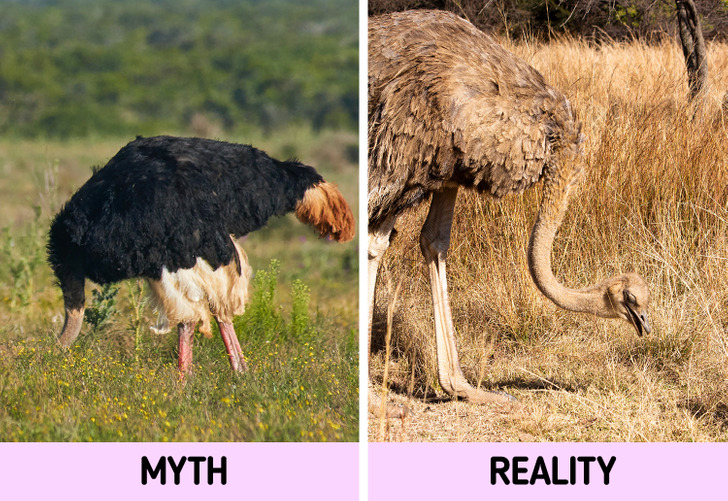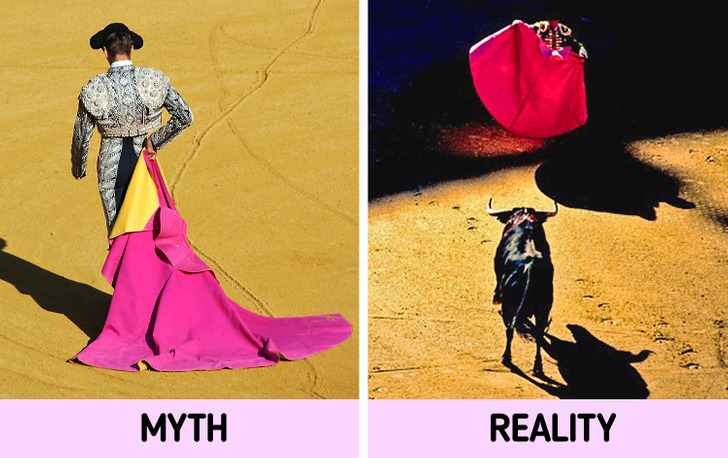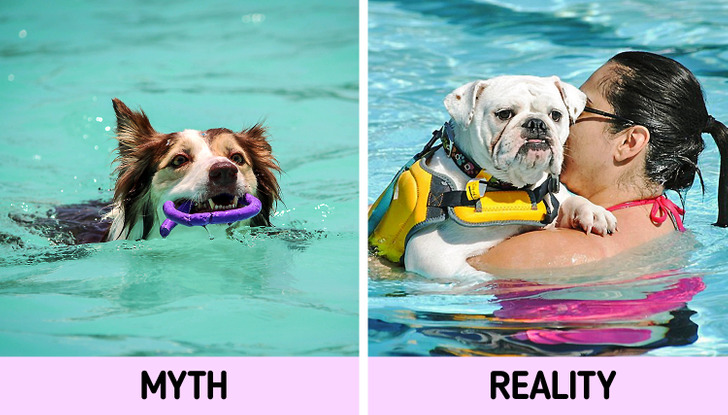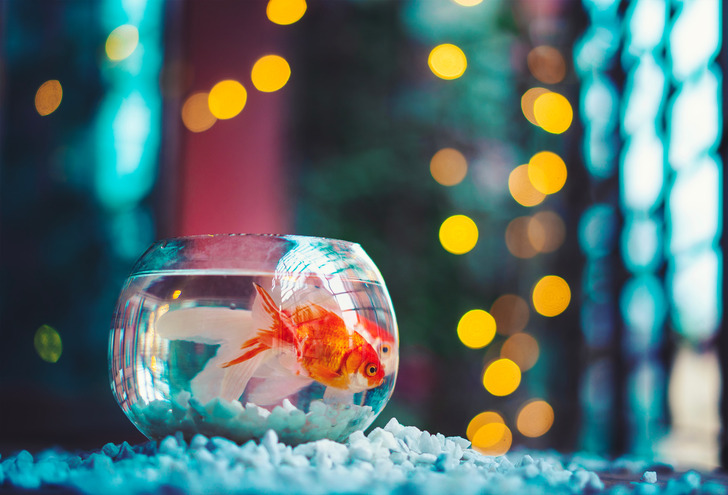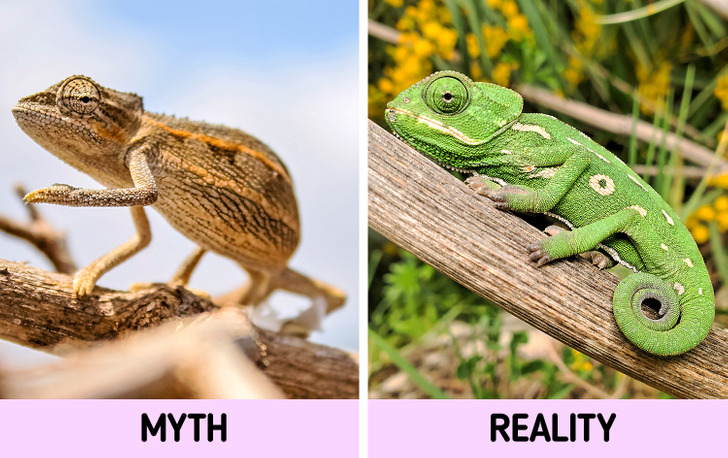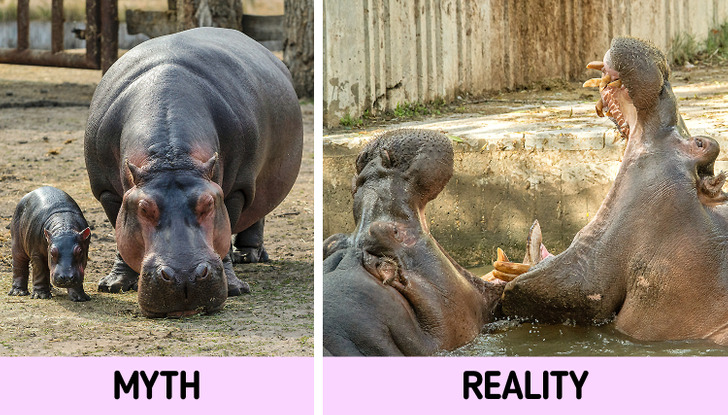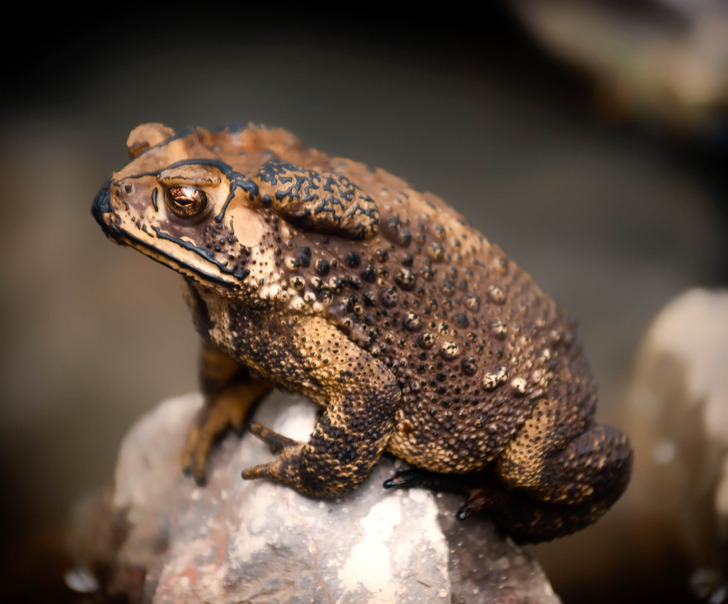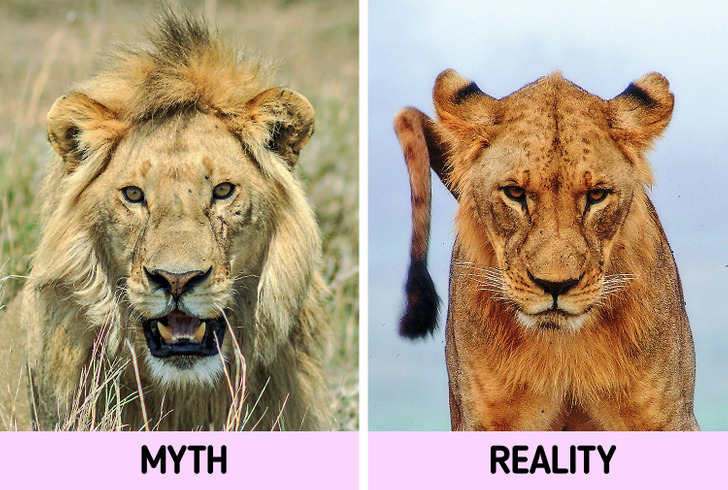12 Myths About Animals That Many of Us Still Believe In
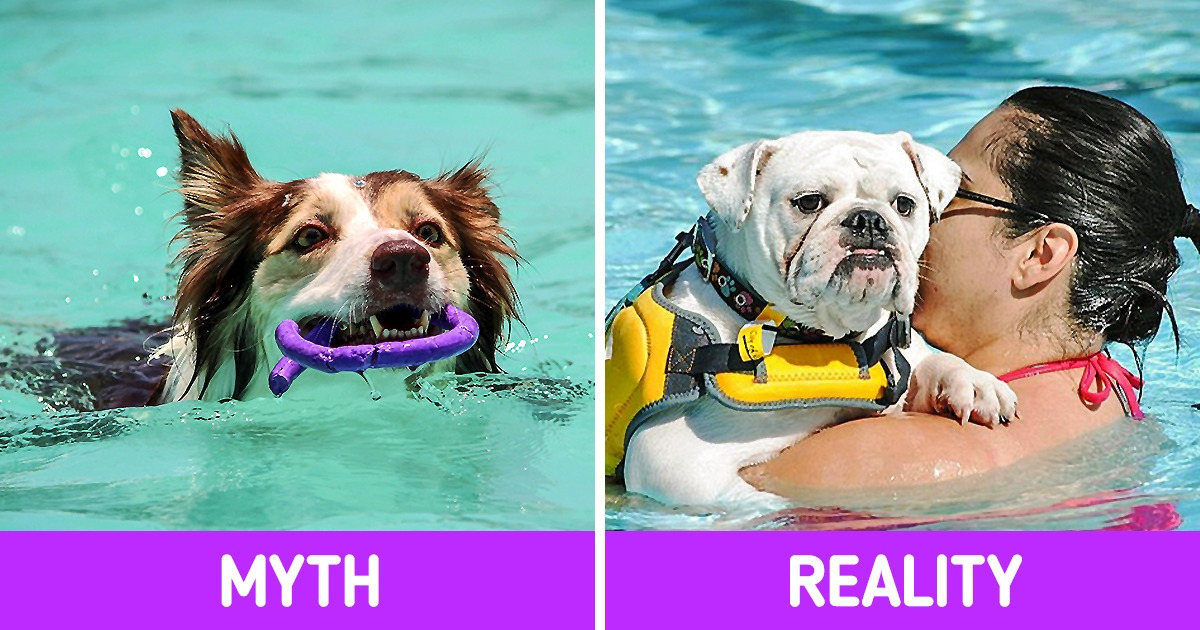
Sometimes we tend to believe in certain ideas about animals, and we don’t even suspect that they can be pure myths. For example, many children and adults believe that ostriches hide their heads in the sand, bulls hate the color red, and goldfish can’t keep anything in their memory for more than 3 seconds. However, none of these things are true.
5-Minute Crafts would like to tell you about the myths about animals that we need to stop to believing in.
Myth 1: Ostriches stick their heads in the sand when they are in danger.
This myth about ostriches originated in ancient Rome and, most likely, was the result of observations from the birds’ nesting and their behavior when being stalked by predators.
Ostriches, unlike many other birds, don’t build nests, but lay their eggs in a hole in the sand and often lower their head to check on or turn the eggs over with their beak. At the same time, it may seem to a not very attentive person that the ostrich is sticking its head in the ground.
Besides, when faced with danger, ostriches tend to lower their head to the ground in an attempt to blend into the environment. But they don’t stick it in the sand.
Myth 2: Bulls hate the color red.
This myth takes its roots in the bullfighting tradition in Spain. During the performance, a bullfighter moves in front of a bull with a red cape, provoking the animal to attack him. The fact that bulls charge the cape serves as the basis for the myth about their dislike for the color red.
So, what happens in reality? The bull gets agitated not by the sight of a red cloak, but by its flickering and all the noise around. The animals instinctively associate sudden movements with danger which makes them attack.
What about the color? Bulls are able to perceive different shades, but they don’t see them in the way humans do. Their eyes are capable of seeing red, orange, yellow, and greenish-yellow colors, but are unable to distinguish the shades of blue, gray, and some greens.
Myth 3: Camels store water in their humps.
In reality, camels store fat in their humps, not water. They use it to fuel their body when food becomes too scarce. When a camel can’t find food and water for a long time, its humps deflate and droop. And when it eats well and restores its strength, its humps restore their original shape too.
Myth 4: All dogs are good swimmers.
Although some dogs know how to swim as soon as they see a body of water, not all dogs can do it. There are breeds that, due to their characteristics, find it difficult to be in the water without a special life vest.
Short-legged and long-bodied dogs (dachshunds) or dogs with an uneven distribution of body weight (bulldogs) may find it difficult to swim. They may need several lessons and a life vest to learn how to swim.
Myth 5: Goldfish have a 3-second memory.
Even though this belief is common all over the world, it’s nothing but a myth. According to scientists, goldfish can keep certain memories for up to several years.
Also, studies show that this fish is quite intelligent. They can manage to complete some tasks (like navigating mazes or finding food) and recognize people they know even after long periods of separation.
Myth 6: Chameleons change color to camouflage themselves.
Chameleons change color depending on their state of being or mood. They can also do it to protect themselves against predators, send signals to other chameleons, or react to the temperature of the environment.
A chameleon that is under stress usually turns dark — black or brown. A chameleon that shows aggression and is ready to fight becomes multi-colored, with a predominance of shades of red and yellow. A chameleon that is calm and happy will have a bright green color. And a chameleon that is sad (for example, after a defeat in battle) or sick will take on a gray or light brown hue. Also, chameleons use a rainbow of bright colors to show they are ready for mating. Usually, the male who is better at displaying his range of color wins out.
Myth 7: If you cut an earthworm in half, its parts will grow into 2 new worms.
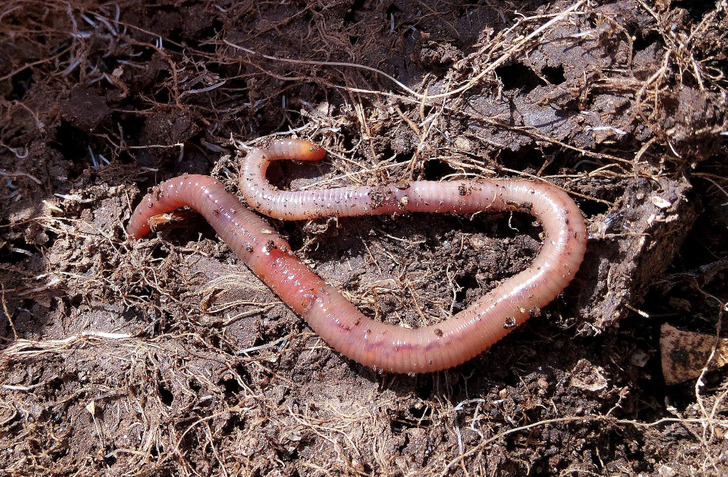
Most earthworms can’t regenerate as easily as we tend to think they can. And 2 halves can’t grow into 2 new worms. The head of the worm may regenerate its tail, but the tail won’t be able to grow a new head or other vital organs.
Even though scientists know of other species of worms that are able to regenerate their bodies from tiny pieces, this is not the case with earthworms.
Myth 8: The hippopotamus is herbivorous.
Despite the fact that a hippos’ diet consists mainly of herbs, fruits, shoots, and roots of plants, some individuals don’t mind eating meat.
Traditionally, it was believed that hippos scavenge for meat only during exceptional times of food scarcity. But later studies showed that sometimes these animals can attack antelopes, zebras, and other ungulates or steal meat from predators. And in some cases, they can even kill other hippos for food.
Myth 9: Moles are blind.
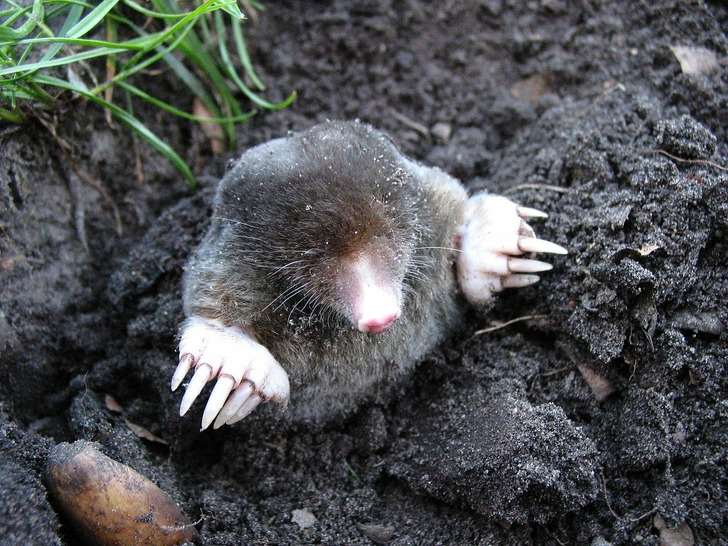
Moles are not entirely blind, even though their eyesight is poor and undeveloped. However, their senses of smell and hearing make up for this deficiency.
Myth 10: Elephants use their trunks to drink water.
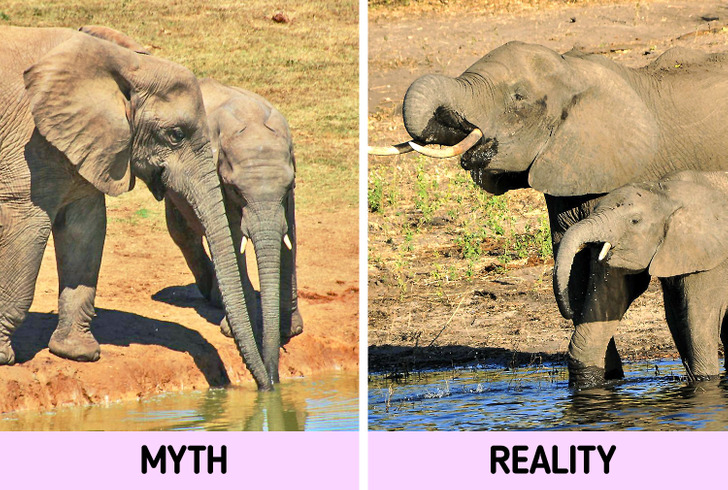
On average, an elephant drinks about 200 liters of water per day. At a time, it can suck up about 14 liters with its trunk, squirting water into its mouth afterward. Elephants don’t drink with their trunks, since it’s more of a nose than a mouth: actually, it’s a combination of a nose and an upper lip.
